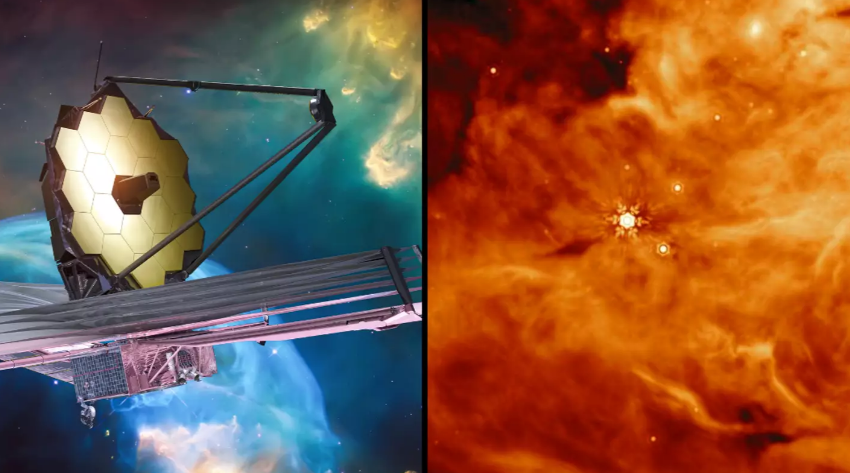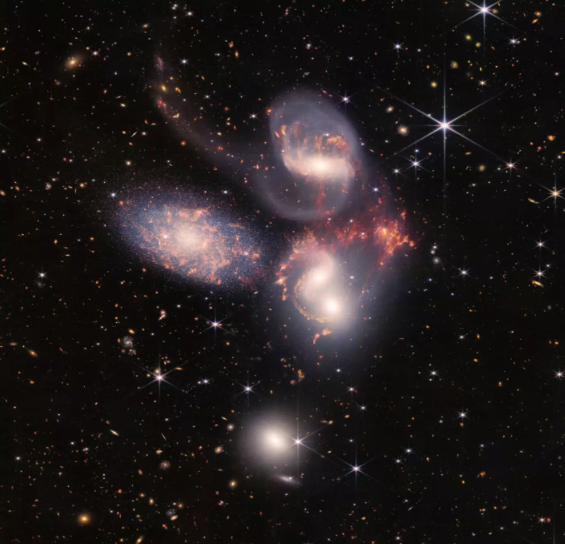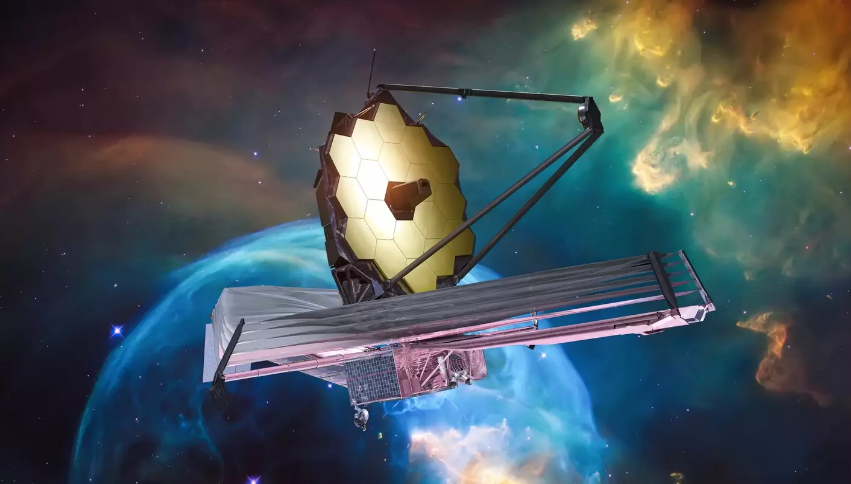Space Exploration Takes a Leap: James Webb Space Telescope's Newest Discovery
Venturing into the vastness of space has captivated humanity for decades, tracing back to the historic journey of Yuri Gagarin in 1961. As space exploration evolved, culminating in Neil Armstrong's iconic Moon Landing in 1969, our quest for understanding the cosmos only intensified.
In this ongoing journey of discovery, NASA's James Webb Space Telescope (JWST) has emerged as a beacon of cutting-edge technology. Launched into space in December 2021, the JWST follows in the footsteps of the renowned Hubble Space Telescope, expanding our vision of the universe since its launch in 1990.
The JWST's advanced capabilities surpass those of its predecessor, enabling it to capture light from the early stages of the universe, including the moments after the Big Bang and the formation of the first stars and galaxies.
Recent findings from JWST observations have sparked intrigue among scientists, prompting a reevaluation of our understanding of the cosmos. One such discovery, focusing on protostars—stars in the nascent stages of formation—has unveiled surprising revelations about the origins of our own solar system.
In an unexpected twist, NASA's exploration has uncovered a tantalizing connection between space and familiar earthly elements. Ethanol, acetic acid (a component of vinegar), methane, formaldehyde, and sulfur dioxide—found in what NASA terms as 'icy compounds' around protostars—are not just cosmic curiosities. They represent key ingredients that could potentially lead to the formation of habitable worlds.
“This finding addresses a fundamental question in astrochemistry,” remarked Will Rocha, team leader from Leiden University in the Netherlands. “The detection of complex organic molecules (COMs) in these icy compounds suggests intriguing pathways for the origin of life-supporting elements in space.”
Ewine van Dishoeck, another coordinator from Leiden University, highlighted the broader implications of these discoveries. “These molecules, once part of protostellar systems, can contribute to the formation of comets, asteroids, and ultimately, new planetary systems. The journey of astrochemical exploration continues, fueled by the promise of more discoveries with the JWST in the years to come.”
As we delve deeper into the mysteries of space, each revelation brings us closer to unraveling the intricate tapestry of cosmic evolution. The James Webb Space Telescope stands as a testament to human ingenuity and the unyielding curiosity that propels us towards the stars.
%20(5).png)










